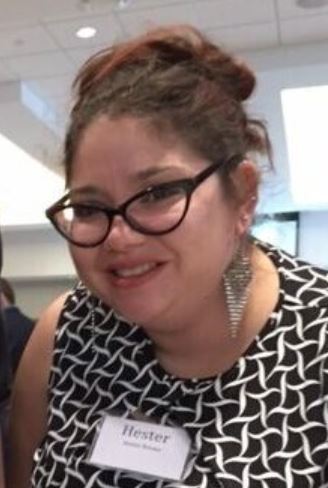August 4, 2016
by: Guest Contributor
Person-Centered Individual Service Plans
 This week’s blog was written by Hester Brown, QIDP, OakLeaf Group Homes Program Manager who has over 15 years of experience in the disability sector.
This week’s blog was written by Hester Brown, QIDP, OakLeaf Group Homes Program Manager who has over 15 years of experience in the disability sector.
When asked to write an article as a professional in the field of Intellectual Disabilities, I had to think about what I am most passionate about. So much change is happening currently in the disability sector with Employment First and other movements towards improving the quality of life and community inclusion for people we serve with disabilities. I have spent the last year re-writing Individual Service Plans from the ground up to be Person-Centered Plans. That has been something—quite the undertaking! I have spent a year truly getting to know the people that live in our two group homes. Not just what they need from us to go about their day, but their hopes and dreams, what they are good at, their gifts and talents. I have done this with the help of Direct Service Professional staff members, the Home Managers, the Nursing Department and Team Leads. I wanted to hear from all of the people that are closest to them on a day-to-day basis before we sat down for a team meeting. As it turns out, everyone knew something really special and interesting about each person we serve.
I’ve discovered that the first step to changing our thinking is changing our style. I now write my plans in the first person. This helps me to connect with the person and set the tone that tries best to reflect what the person is telling us about themselves, “I am telling you how to take care of me and what I want out of my day in my own voice.” No longer limited by disability, we can discuss hopes and dreams. Everyone remembers being asked what they wanted to do when they grow up, and now we are offering that same opportunity to those we serve by taking account of what they love and what they are good at doing. Having a sense of purpose begins with finding out what you can contribute to others and your community. When you build real relationships in the community that are not dependent on paid supports you become more than just a fixture in the community. When I talk about being a fixture, I refer to the faux integration that occurs when a group of disabled people participate in an activity designed only for people with a disability. I do not only go out with other people with brown eyes or people who are left handed. My social circle includes people with varying levels of education, musical interests, and driving ability. I want the same for the friends that I make here, a rewarding social life and work atmosphere that fosters fulfilling integration.
Once we remove the barriers and determine what would make a person happy, we have to figure out how that works into their care needs and safety. Creating a balance of Health and Safety with their Autonomy can be an interesting yet challenging task. One must identify what is important to the person (i.e. what makes them happy) versus what is important for the person (i.e. health risks, care needs and legal assistance). It is not good to be healthy and safe but miserable. Likewise, it is not advisable to be happy and have significant health and safety risks. Really when you think about it, neither of those pairs really match up, life is always a mix. The only way to marry the two subjects is to really listen. Listen to the person you are helping plan for, listen to their family and to their Direct Support Staff. After you have done that, listen again.

Leave a Reply